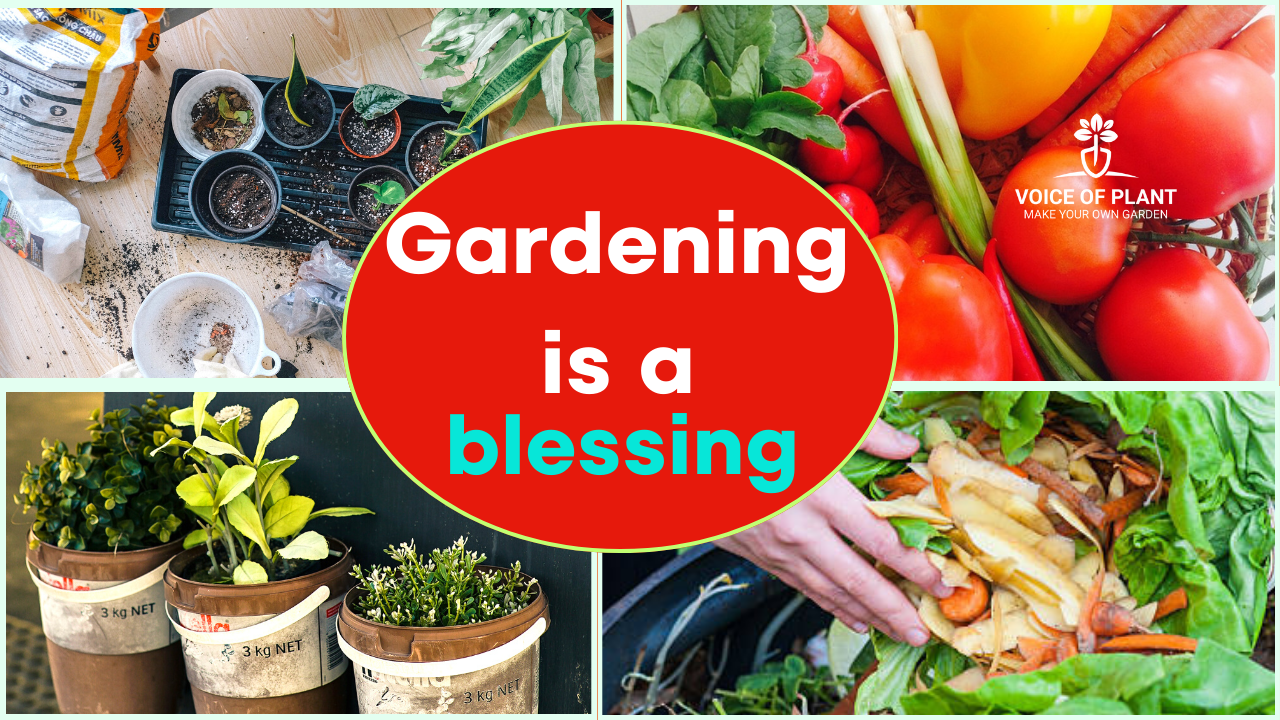Gardening is a wonderful hobby that allows you to connect with nature, enhance your surroundings, and grow your produce. However, there is a perception that gardening can be an expensive pursuit. The truth is with a bit of ingenuity, resourcefulness, and a willingness to learn, you can cultivate a thriving garden without emptying your wallet.
Let’s explore some practical tips for budget-friendly gardening inspired by my experiences as a self-taught gardener including:
- starting with seeds,
- creating DIY compost,
- embracing container gardening,
- selecting native plants,
- reusing and upcycling materials,
- implementing rainwater harvesting,
- mastering plant propagation,
- leveraging community and online resources,
- practicing selective pest control, and
- remembering the importance of patience and perseverance.
Start with seeds
To kickstart your garden without a hefty price tag, begin with seeds.
“Seeds are more affordable than seedlings or mature plants and offer the joy of nurturing a plant from its beginning.”
- You will get a variety of economical seeds for flowers, vegetables, and herbs.
- You can easily source these from local nurseries, online marketplaces, or through seed swaps with fellow gardeners.
- You can buy packets of seeds instead of buying ready-to-plant seedlings of your favourite vegetables, like tomatoes, capsicum, bell peppers, etc.
DIY Compost
Compost is the lifeblood of a garden, but you don’t have to buy it.
- Create your compost bin using kitchen scraps such as fruit and vegetable peels, coffee grounds, and eggshells. Mix in dry leaves and a bit of soil.
Creating homemade compost, such as cow dung compost and leaf compost, is not only cost-effective but also highly beneficial for plant growth.
- Cow dung compost is rich in nutrients like nitrogen and serves as an excellent organic fertilizer.
- Leaf compost, on the other hand, is an eco-friendly way to recycle fallen leaves from your garden or yard.
“By creating composts at home, you not only reduce waste but also play a crucial role in ensuring that your plants receive the best nutrition while minimizing your environmental impact.”
Container Gardening
When you are short on space or looking to keep costs low, container gardening is an excellent solution.
- Reuse containers like old buckets, plastic bottles, or wooden crates as planters.
- An old wooden crate can become a charming herb garden, and repurposed plastic bottles with the tops cut off can serve as ideal containers for growing herbs like mint and basil.
“Container gardening allows you to control your soil quality, ensuring optimal growing conditions without the expense of buying pots.”
Local and Indigenous Plants
Select plants native to your region or well-suited to your local climate.
- These plants are generally robust, requiring less maintenance and fewer interventions like pesticides or excessive watering. By choosing native varieties, you are saving money and promoting biodiversity.
- For instance, if you live in a hot and arid area you might choose drought-resistant plants like Bougainvillea, Desert Marigold, Aloe Vera, Agave, Date Palm, etc. These plants require less water and care, reducing your gardening expenses.
Reuse and Upcycle
Get creative with your garden decor.
- Old tires can become colorful flower beds, discarded wooden pallets can transform into vertical gardens, and even broken teacups can serve as charming plant containers.
- Look around your home for items that can be upcycled into the garden decor, saving you money and reducing waste.
Rainwater Harvesting
Water is often a precious resource in India, and implementing a rainwater harvesting system can conserve both water and money.
- Use collected rainwater for watering your plants, and you’ll notice significant cost savings over time.
Plant Propagation
Learn the art of plant propagation.
- Many plants can be multiplied from cuttings or by dividing established plants.
- It eliminates the need to buy new plants and allows you to share your garden’s bounty with friends and family.
-
For example, a single healthy rose cutting can lead to the growth of a new rose bush with beautiful blooms. Other examples include the money plant, jade plant, and many more.
Community and Online Resources
Join local gardening groups or forums, both in your neighborhood and online.
- Gardeners are usually generous with advice, seeds, and even plant cuttings. This sense of community can be a valuable resource for budget-conscious gardeners.
Selective Pest Control
Rather than reaching for expensive chemical pesticides, try exploring natural and homemade pest control methods.
- Neem oil, garlic spray, and marigold companion planting can help protect your plants without harming your budget or the environment.
Patience and Perseverance
Remember that gardening is a journey that takes time. Plants need time to grow and flourish. Be patient, learn from your successes and failures, and gradually invest in tools and materials as your gardening skills develop.
Conclusion
In conclusion, gardening on a budget is not only possible; it can also be incredibly fulfilling. By starting with seeds, creating your compost, embracing container gardening, and tapping into local resources you can nurture a thriving garden without burning a hole in the pocket. Along the way, you will enjoy the beauty of nature and deepen your connection with the environment and your community.
“So, roll up your sleeves, get your hands dirty, and watch your budget-friendly garden bloom and flourish.”
Happy gardening!
